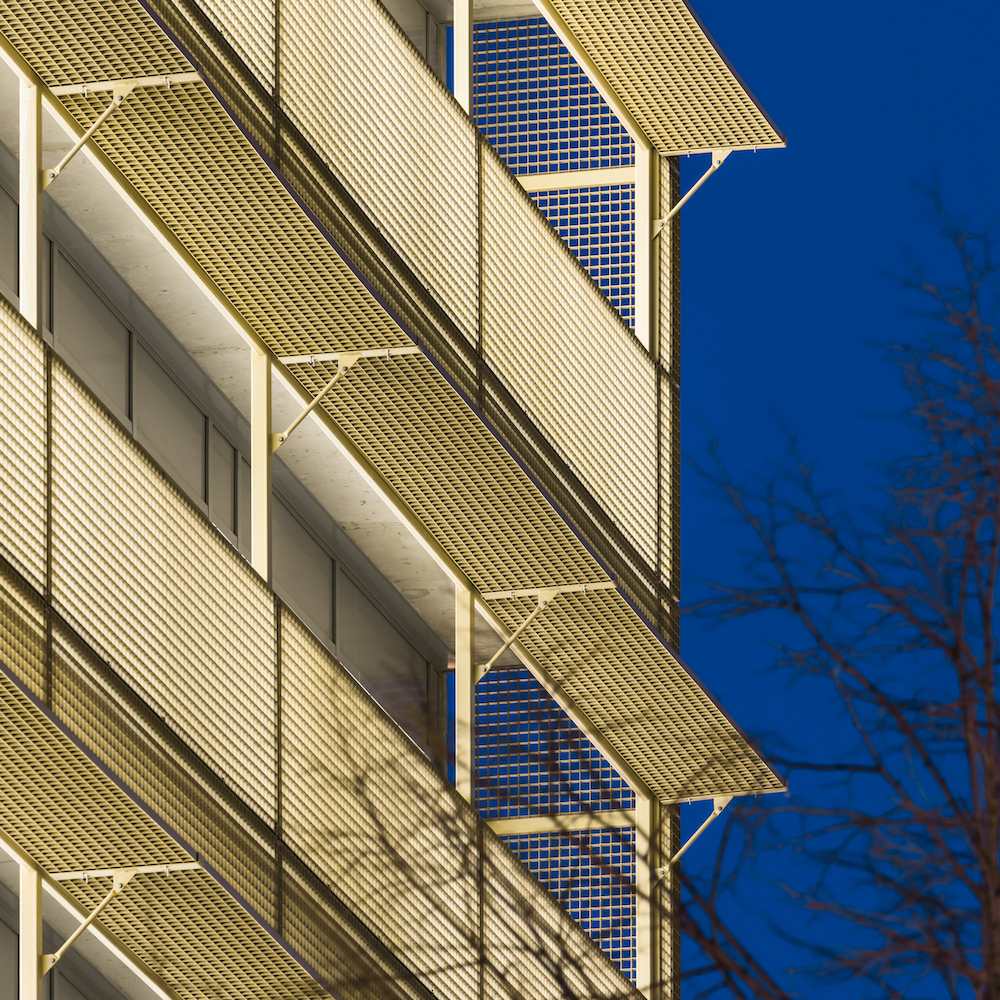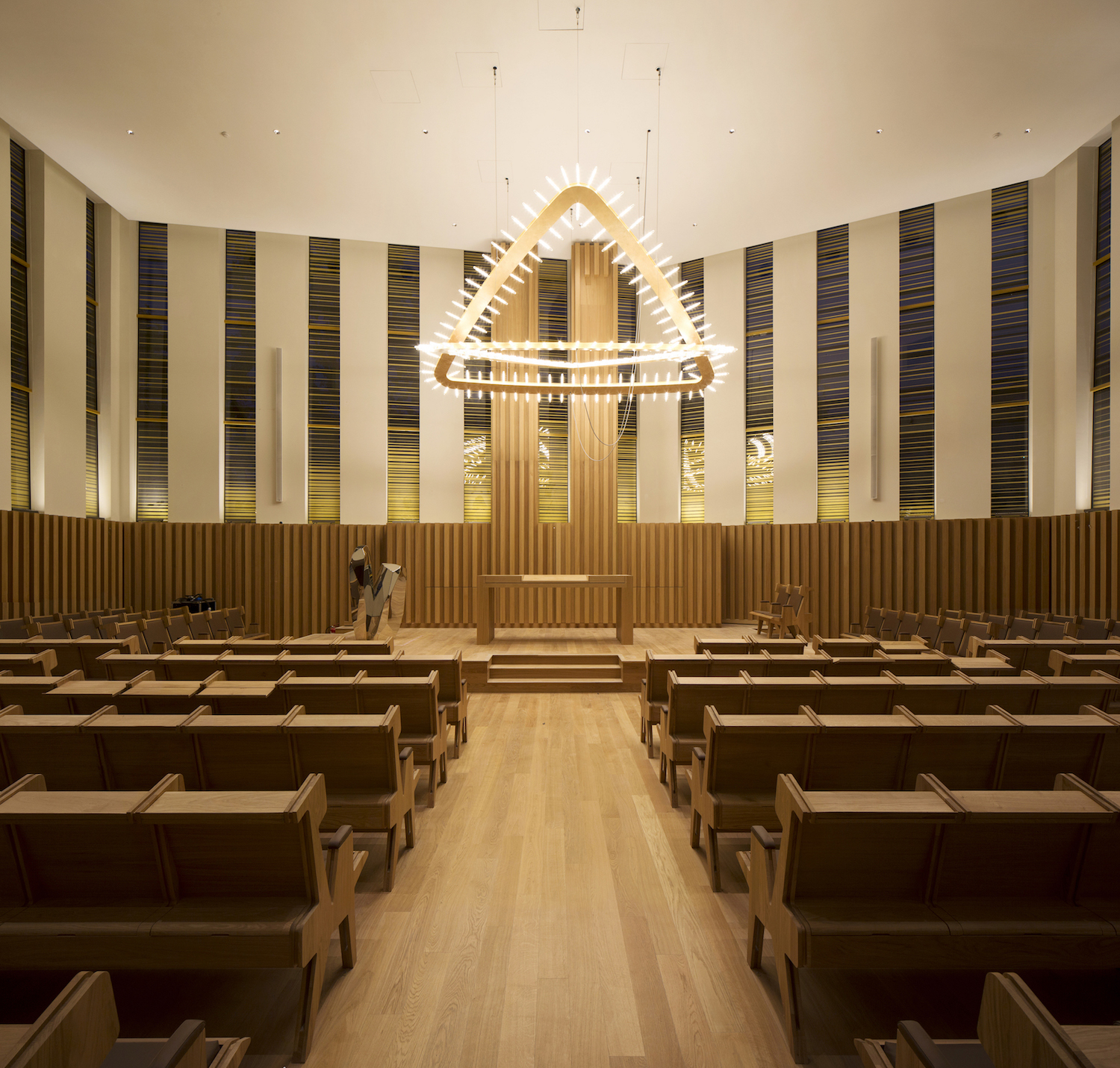A sort of architectural secularity, Rudy Ricciotti
This “Carte blanche” by Rudy Ricciotti, architect and national grand prize of architecture winner, is an excerpt from AA’s special issue on the European Center for Judaïsm, by Stéphane Maupin and Bruno Fléchet.
In a French reality ordinarily dominated by anti-Semitic discourse, writing an architectural review for a synagogue must be considered at minimum an expression of civic benevolence, if not a political duty. The term Jewish is no longer said out loud, but whispered in disquietude, head buried in one’s shoulders and racist rationales, whenever it appears between quotation marks. Maupin is an architect who never turns down a challenge, a gentleman who will forever hold the honour of being the man who built the European Center for Judaism, with Bruno Fléchet. The silhouette and urban proportions of the building blend in effortlessly and unostentatiously within the city. Such is the formal responsibility assigned to cultural institutions and places of worship. A sort of architectural secularity, if you will.

Evoking both a Protestant church and a Masonic hall, the building is as solemn and grave as the Negev desert. Like the Kotel — or Wailing Wall —, its extent is delineated by a cyclopean concrete base establishing an irrevocable border to ward off the green beard and tree cladding, the latest guises of commercial architecture. A space where references become intertwined to form subtle metaphors, creating a dense and cultured result. It is a journey through time, suspended between the Dead Sea and the Red Sea. Variations in height and high-level views unfurl a stream of poetic imagery for the visitor to ponder. Raw and smooth materials with matt or lustrous finishes… The repertoire is broad for a small range of effects. Except perhaps a surreal succubus’ dream, nothing eludes the architect’s retinal journey.
Shielded from the sight of our ongoing consumerist drama, the European Center for Judaism will overcome the necessary complaints sparked off by previous architectural disappointments. The fruits of the land of Galilee are ripe for the taking: pomegranates, figs, olives, Judas trees, broom trees, Jerusalem sage. Just like the land that bears them, Maupin’s et Fléchet’s architecture will live on through time, ever wary of the pitfalls of fashion and seduction.
Rudy Ricciotti




